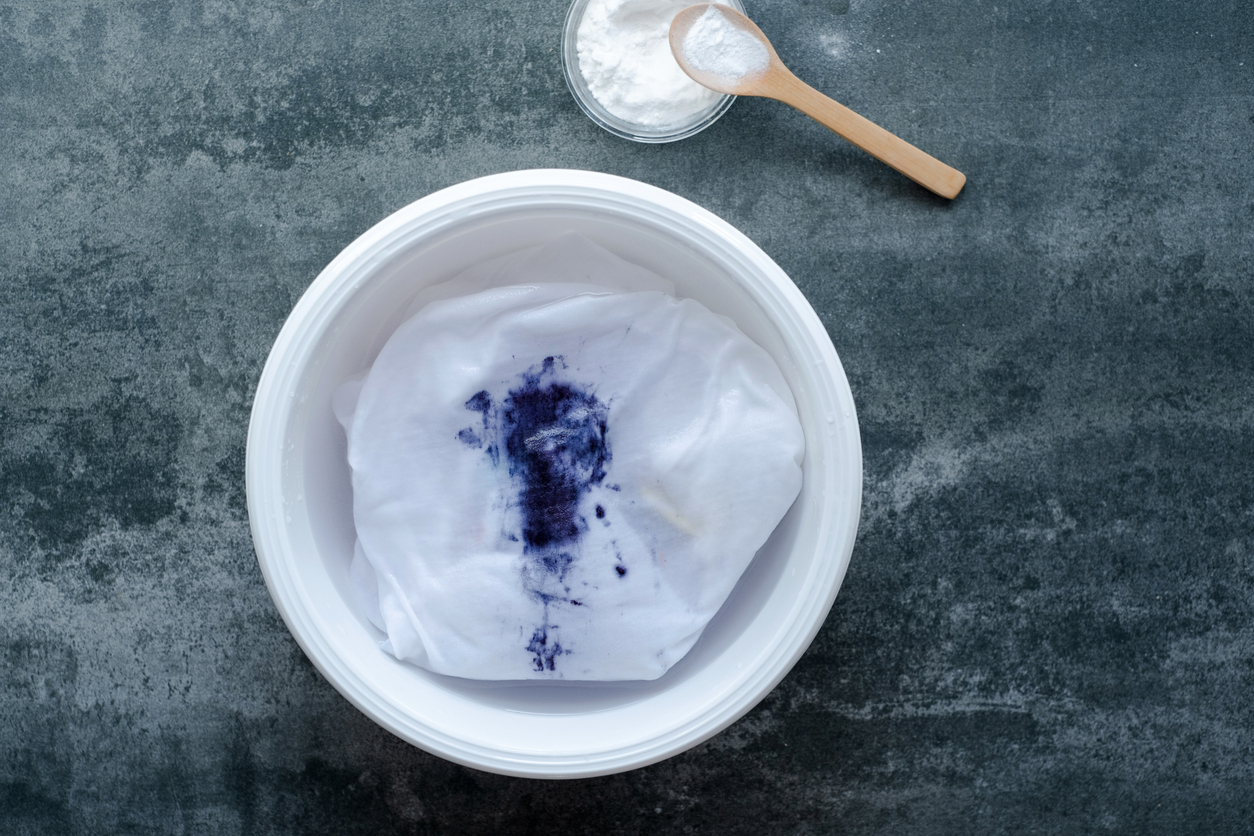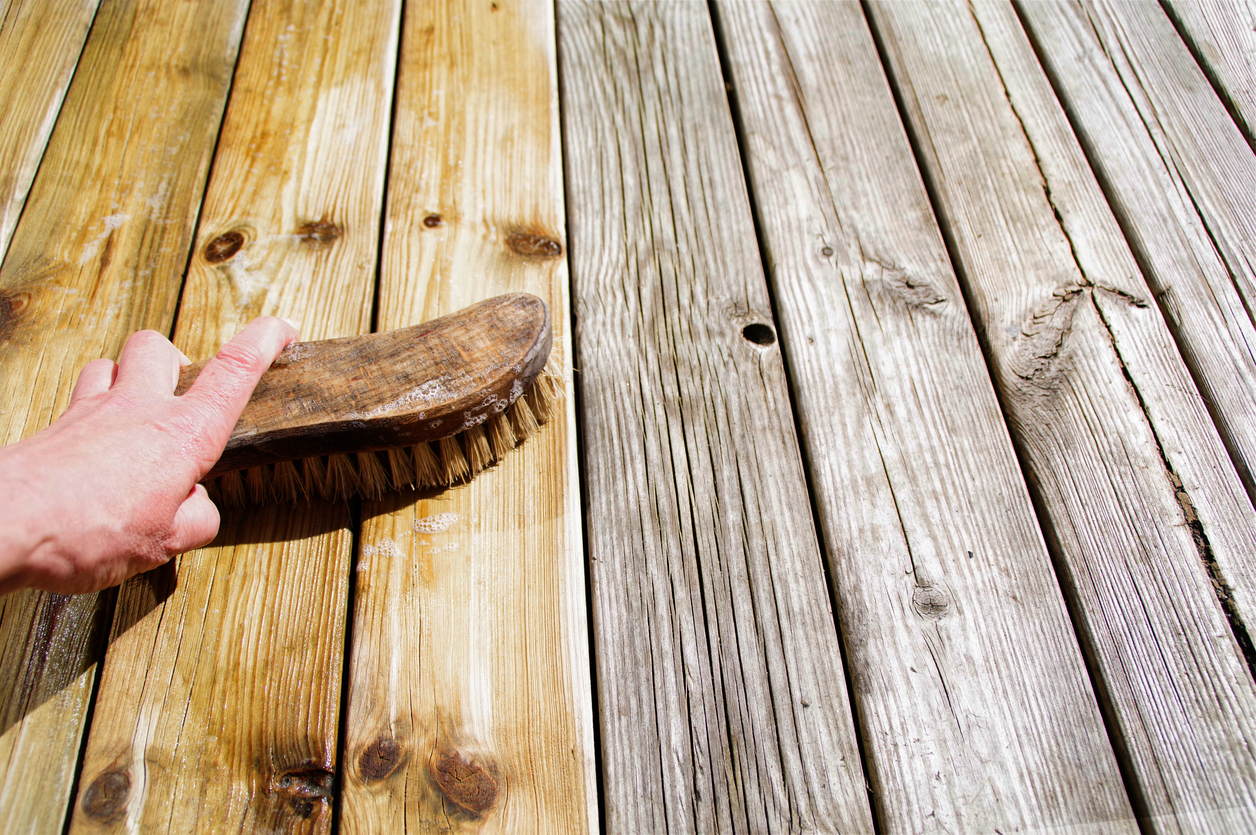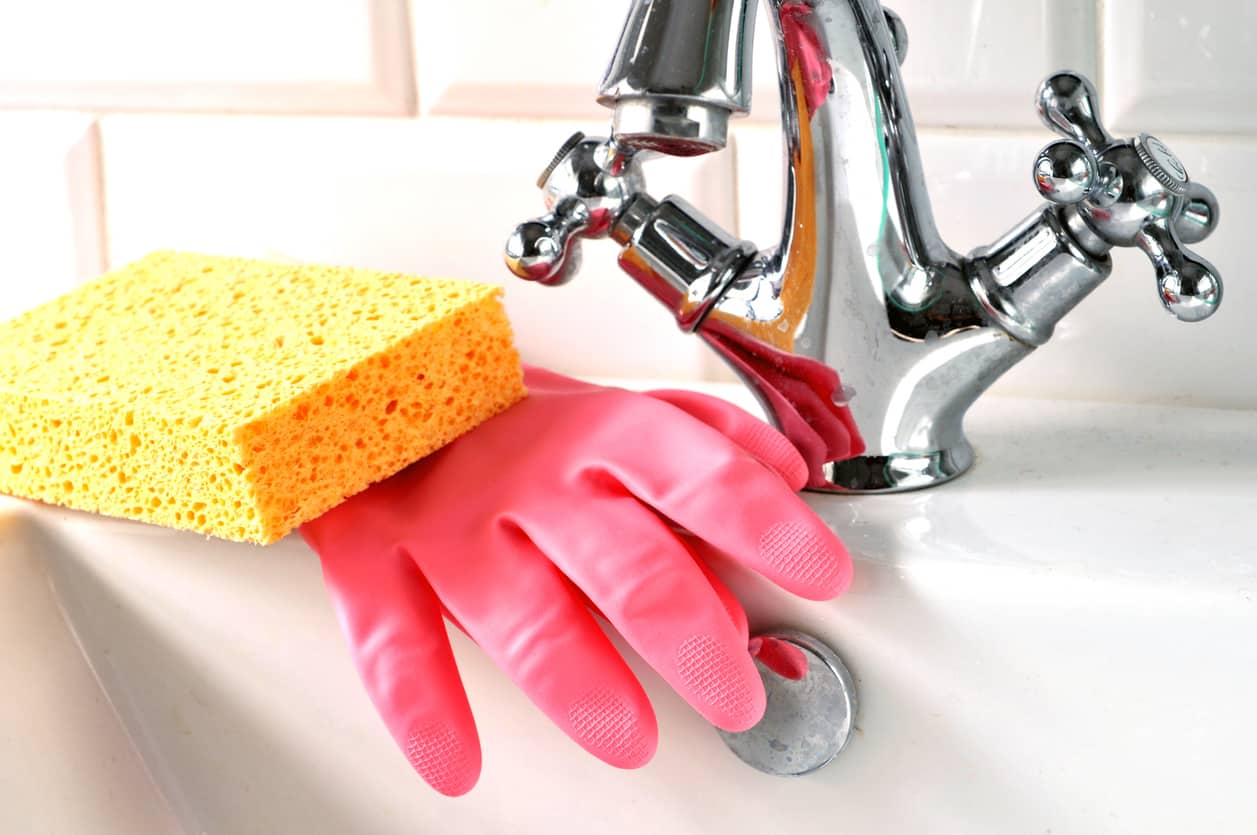Endowed with exceptional properties, sorrel salt is a natural product that our grandmothers used with ingenuity for a multitude of household tasks. However, where it was once the essential ally for maintaining the house efficiently, it has not been able to cross generations as effectively as other cleaning products such as white vinegar, Marseille soap or soap. baking soda, so much so that it is relatively little known today. We therefore invite you to discover it through grandmother’s tips which exploit the benefits of this little-known product with a thousand virtues to clean all surfaces in the house. Just magical!
What exactly is our grandmothers’ sorrel salt?
Sorrel salt, also called oxalic acid (or oxalic acid dihydrate (2H2O), or even ethanedioic acid for scientists), is one of the household products once widely used by our grandmothers for its multiple cleaning and stain removing properties. This organic acid naturally present in certain plants such as sorrel, buckwheat, rhubarb or even spinach is best known for its effectiveness in whiten and restore surfaces tarnished by time.
Once essential for household chores indoors and outdoors, sorrel salt has become less common in modern homes, but its virtues make this cleaning product very economical, ecological and biodegradable (in small quantities outdoors) quite simply. timeless. To rehabilitate this outstanding whitener and stain removerdiscover these essential uses which will provide you with great service on a daily basis.

Uses of sorrel salt
Sorrel salt should be diluted in hot water. The quantities may vary depending on use, but we generally put 100 g of sorrel salt for one liter of water. It is then necessary to leave it to act and rinse thoroughly. On textiles and fragile surfaces, always test on a small, inconspicuous area to check the reaction before applying to the entire surface.
1) Remove rust stains from clothing or other media
Oxalic acid is very effective in removing rust stainswhether on fabrics or hard surfaces such as cement, tiles or plastic. For a machine washable textile, simply replace your usual laundry detergent with a tablespoon of sorrel salt to slide into the dedicated compartment or into the drum of the washing machine before starting a cycle without adding any other detergent. At the end of the cycle, wash again, this time with your usual products. For anything that cannot be machine washed or is too fragile, moisten the area to be treated and dab the rust stain with a sponge or cloth soaked in your oxalic acid solution. After a quarter of an hour, rinse thoroughly.
For all non-textile materials, dilute a small amount of oxalic acid in water and apply the solution directly to the stain. Leave on for fifteen minutes before rubbing gently and rinsing with clean water.
2) As a stain remover
Oxalic acid can remove stubborn and persistent stains such as those of wine, fat, blood, ink or tea on various surfaces (fabrics, wood or even porcelain.). Thanks to its reducing properties, it breaks down the pigments responsible for stains, making them easier to remove. It is important to dilute the acid correctly to avoid damaging the surface to be treated and to rinse well after application. To remove your stained textiles, however, the simplest thing is toadd two tablespoons to the detergent compartment washing machine before starting a cycle.
3) To whiten laundry
Like sodium percarbonate, oxalic acid is ideal for reviving the whiteness of textilesespecially those yellowed by time or hard water. Add a small amount of diluted acid to hot water and soak yellowed white clothes in it for a short time. Then rinse thoroughly and wash clothes as normal. In the machine, allow one tablespoon diluted in a little water in addition to the detergent for four to five kilos of laundry.
Be careful not to overuse this bleaching method to avoid weakening the textile fibers.
4) To clean and whiten wood

Oxalic acid is very popular for restoring wooden surfaces that have become gray or tarnished over time. After cleaning the surface to remove dirt, apply a solution of oxalic acid diluted with water using a brush, paintbrush or cloth. Count here 200 g of well-dissolved salt per liter of water. Leave on for two hours, then rinse thoroughly to reveal whitened and renewed wood. Sometimes you have to rinse several times to remove all the salt. This method is ideal for renovate terraces, garden furniture, parquet or exterior woodwork. Furthermore, this method can also be used to whiten stone, brick, granite or even linoleum or vinyl floors.
Please note: if you wish to apply a stain after the treatment, wait 24 hours and ban oxalic acid on vitrified woodbecause it attacks the varnish.
5) To revive the marble
Oxalic acid can be used to bring marble tarnished by stains or mineral deposits back to life. Count here seven tablespoons of sorrel salt and one lemon juice for one liter of hot water to apply with a soft, lint-free cloth and rinse with clean water before wiping well. This removes stains and restores the marble to its natural shine. However, it is essential to rinse thoroughly to avoid leaving acidic residue that could damage the marble in the long term.
6) For cleaning metals
Oxalic acid is particularly effective for descale, clean, deoxidize and polish metals such as copper, chrome and stainless steel. It removes rust, limescale and oxidation effectively without damaging the surface. Apply a solution of oxalic acid diluted with water, leave for a few minutes, then scrub gently with a sponge or non-abrasive cloth before rinsing thoroughly.
7) Swimming pool maintenance
Oxalic acid can also remove stubborn mineral stains in swimming pools, including calcium and iron deposits that can become embedded on the walls or bottom. It dissolves these deposits without leaving harmful residues in the pool water. It is important to rinse treated surfaces thoroughly and maintain pool water within recommended pH levels after using the acid.
Sorrel salt: what precautions for use and contraindications?

This natural product from our ancestors is certainly very effective, but requires careful use due to its toxicity and corrosive nature. It is essential to handle it with rubber gloves to avoid contact with the skin, as it can cause irritation, burns and redness. Additionally, if it comes into contact with eyes, it may cause serious eye damage. So be sure to rinse immediately and for a long time with clean water if this happens, and to wear glasses for maximum prevention protection.
When used, it is also best to work in a well-ventilated spacebecause oxalic acid can release vapors that are irritating to the respiratory tract. Prolonged inhalation can then lead to respiratory problems, headaches or dizziness. And contrary to what its name would suggest such as its presence in certain foods (in lesser quantities), it is also necessary avoid contact with foodbecause this product is toxic. If ingested, it can cause abdominal pain, nausea, and even serious poisoning. So be sure to hold it out of reach of your children and pets.


